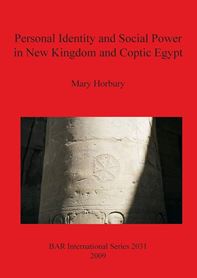| Main » Ad Board » ДРЕВЕН ЕГИПЕТ И АФРИКА » Бит и ежедневие |
| 12.03.2017, 14:48 | |
Монографията разглежда начина и средствата за самоопределяне на египтяните в два различни периода - епохата на Новото царство (ок. 1550-1070 г. пр. н.е.) и времето на коптите (IV-IX в. пр. н.е.). За епохата на Новото царство определящи са царски/простонароден контекст на "аза", разликата между "близки" и "чужди", като и археологическите находки от Мемфис и близкия Ком ел Рабиа като социална и архитектурна среда за тези отношения. Основен източник за коптския период са писмата на частни лица, като базисното противопоставяне е между християнски и нехристиянски източници. - на английски език, от MEGA, формат PDF. Сваляне с ляв бутон (downloading by left button) и после през бутона Download. КАТО ДИСЕРТАЦИЯ / AS A PH. D. DISSERTATION: - на английски език, от The University College London, формат PDF, файлът не е архивиран.Свалянето става с десен бутон (downloading by right button) и Save as...
| |
| Views: 1566 | Placed till: 28.12.2023 | Rating: 0.0/0 | |


